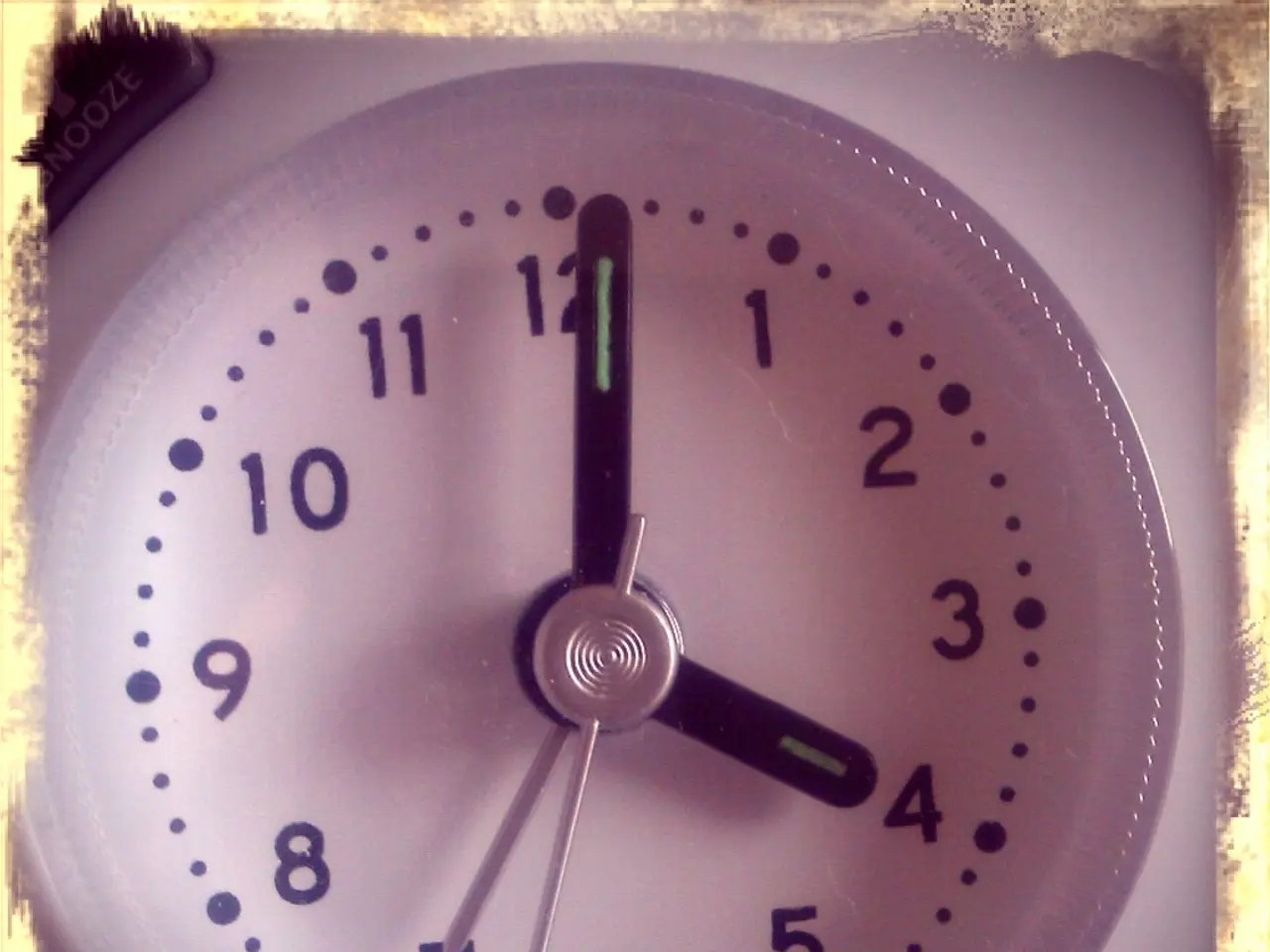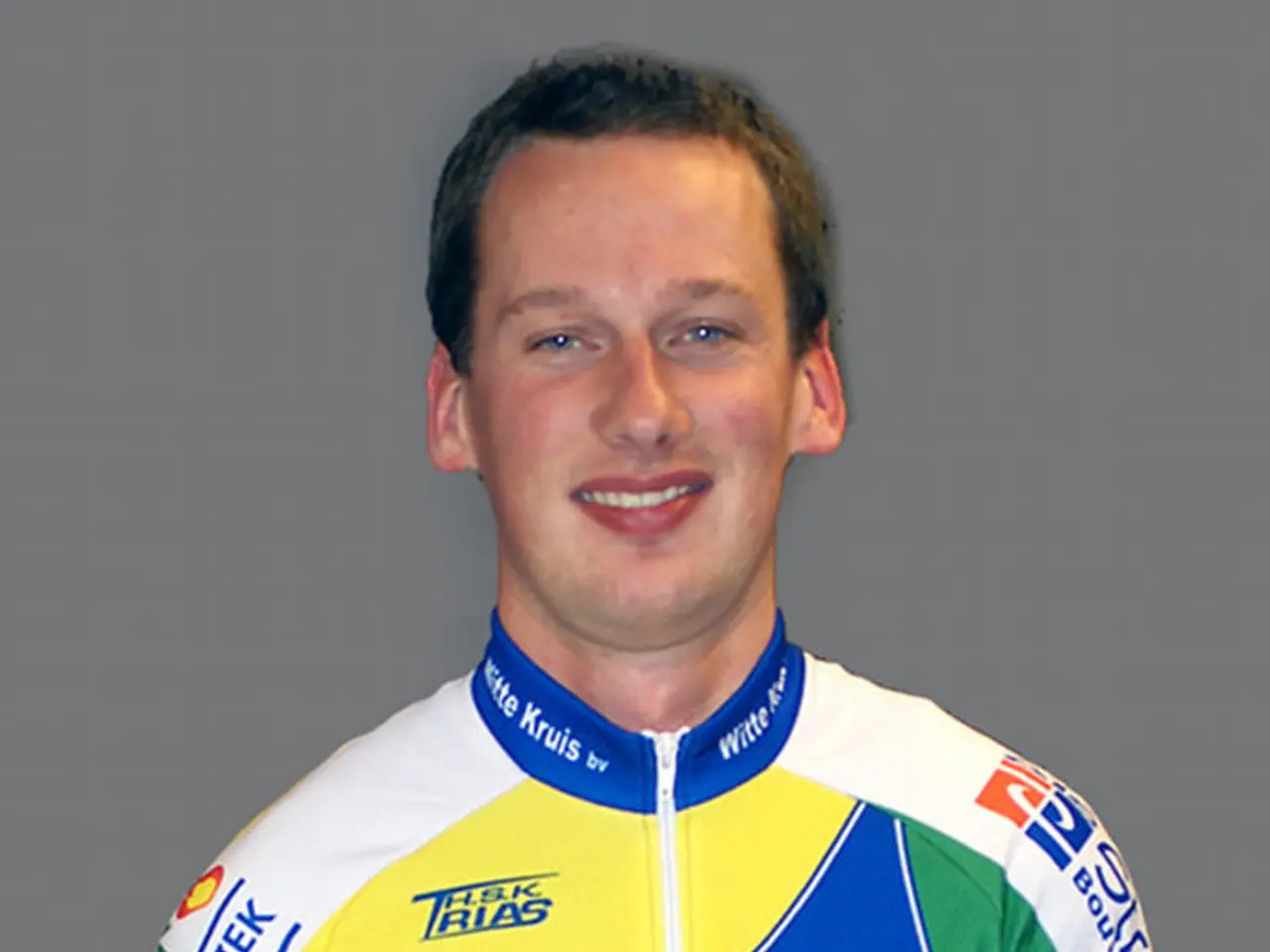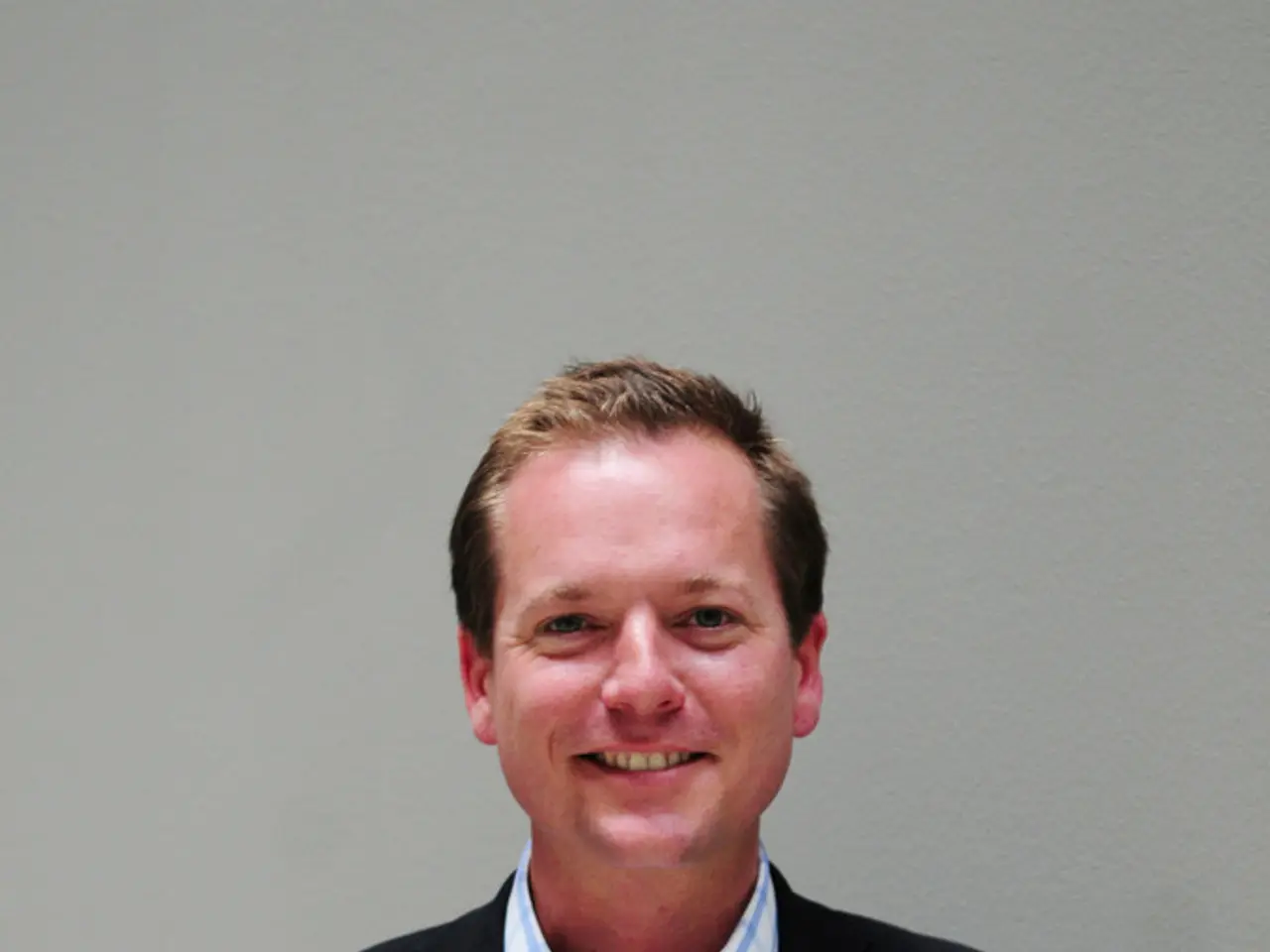Pushing Past Thermodynamic Boundaries: Unveiling the Prospects of Time Measurement Advancements
In a groundbreaking development, scientists at TU Wien have devised a method to significantly improve the accuracy of quantum clocks, potentially paving the way for breakthroughs in understanding the mysteries of physics and the universe.
The innovative approach involves the use of two distinct timescales, much like the second and minute hands of a conventional clock, combined with quantum particle transport in a ring structure. This design allows for an exponential increase in accuracy relative to energy expenditure, challenging the long-held belief that doubling a clock's accuracy requires doubling its energy consumption.
The key elements of this method include decoupling time evolution from entropy generation, using two timescales or "clock hands," and employing quantum superposition and transport. By decoupling time evolution from entropy generation, particles circulate in a quantum ring "free-running" without entropy production until a final, singular, irreversible measurement registers the elapsed time. The system uses a fast, coherent motion of a quantum excitation moving freely around the ring, and a slow, irreversible event that happens when the particle crosses a single lossy junction, causing a "click."
The use of quantum superposition and transport enables the excitation to propagate as a quantum wave over multiple clock sites in superposition, delaying entropy increase and energy dissipation until the final measurement. This innovative design circumvents the thermodynamic uncertainty relation, a bound that traditionally linked precision linearly to dissipation, resulting in a new class of quantum clocks with unprecedented precision and dramatically reduced energy cost.
This research, published in a recent study, builds on the foundations laid by physicist Isidor Rabi, who proposed the use of the molecular beam magnetic resonance technique as a time standard for the National Institute of Standards and Technology (NIST) in 1939. Atomic clocks, known for their unprecedented accuracy, have led to advances in metrology, communication, advanced navigation systems, and satellite-based positioning.
The latest research on atomic clocks is expected to have far-reaching impacts on technology, infrastructure, science, and the universe. For instance, the theory could be tested in the real world using superconducting circuits, one of the most advanced quantum technologies currently available.
Notably, the atomic clock from NIST, developed in the late 1940s and early 1950s, was accurate enough to neither gain nor lose a second in 400,000 years by 1975, and by 1993, it had become even more accurate, not gaining or losing a second in 6 million years. The team's method allows for a significant increase in precision with every increase in entropy, so higher precision than previously thought possible can be achieved.
In 2019, NASA developed the Deep Space Atomic Clock, which is off by less than a nanosecond after four days and less than a microsecond after a decade. The Deep Space Atomic Clock uses mercury atoms and is about 50 times more stable than its counterparts on GPS satellites.
The research helps to better understand one of the great mysteries of physics: the connection between quantum physics and thermodynamics. By challenging the traditional link between precision and energy consumption, this new method could open up a world of possibilities for quantum technology, potentially leading to advancements in areas such as dark matter detection and a deeper understanding of the effects of gravity on the passage of time.
This groundbreaking study in quantum clocks, with its focus on decoupling time evolution from entropy generation and employing quantum superposition, has potential implications for the understanding of medical-conditions that are intricately linked to the passage of time. Moreover, education-and-self-development in the realm of space-and-astronomy could be significantly enhanced by the development and application of more accurate quantum clocks, potentially contributing to discoveries about the universe's mysteries and the status of technological advancements.




